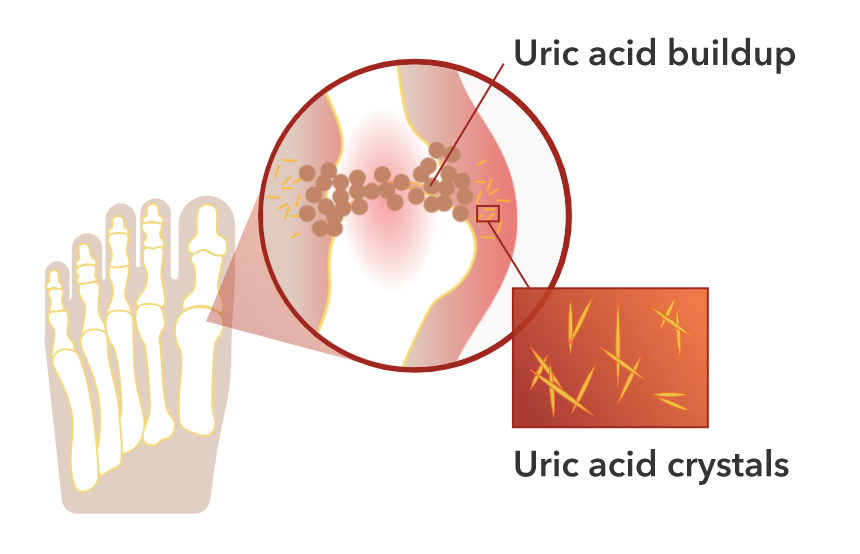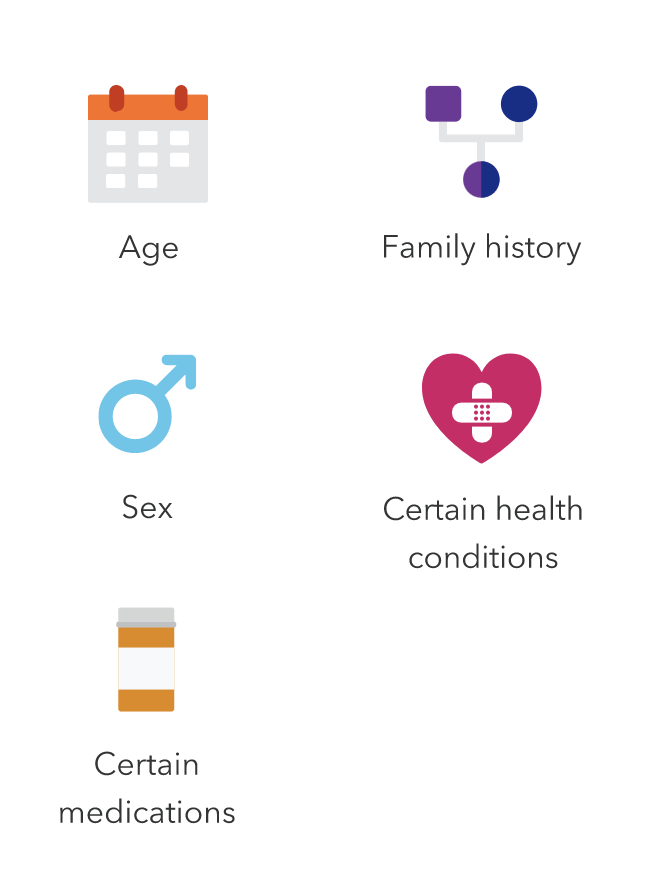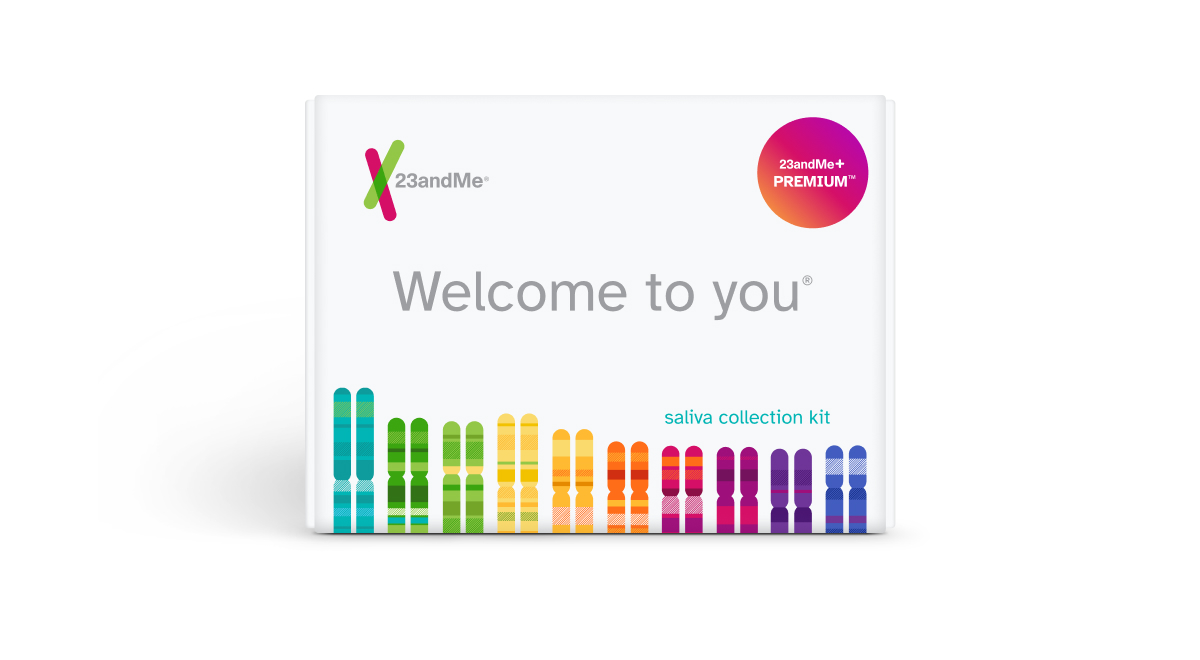Is Gout Genetic?Explore Gout and what your DNA can tell you
What is gout?
Gout is a type of arthritis caused by a buildup of uric acid in the joints. The blood produces uric acid when certain molecules and foods are broken down which is usually filtered out by the kidneys. But for people with gout, the body either produces too much uric acid or the kidneys don’t filter out enough.
What are the symptoms?
When uric acid builds up, it can form needle-like crystals in the joints. These crystals produce inflammation and pain, often in the big toe or sometimes the ankles, knees, or hands.
Symptoms of gout can come and go. Some people may not even experience any symptoms for years while others can experience symptoms many times throughout the year.

Is gout genetic?
Some people may be more likely to develop gout based on their genetics. However, there are also other factors that can affect the chances of developing gout.
Find out if your genetics might increase your likelihood of developing gout
Experts agree that healthy lifestyle habits, such as limiting the consumption of red meat, drinks with high-fructose corn syrup, and alcohol, may help lower the chances of developing gout. Gout also tends to show up more in older populations and is more common in males. However, the risk for gout development in females does increase after menopause. Certain types of medication or health conditions like high blood pressure, diabetes, and poor kidney function can also increase your chances of developing gout.
Find Out if Your Genetics Might Increase Your Likelihood for Developing Gout.

Did you know?
Around 3-5% of the U.S. general population may have gout.
Explore More
The Gout report (Powered by 23andMe Research) takes into account 21,381 genetic markers to estimate your chances of developing gout. This report is part of the 23andMe+ Premium membership. 23andMe+ Premium includes everything in our Health + Ancestry Service plus new premium reports and features throughout the year.

23andMe+ Premium
Please note:
- The Gout report does not diagnose gout and should not be used to make medical decisions.
- The report was developed by 23andMe scientists using data and insights gathered from thousands of customers who consent to participate in our research. Reports based on 23andMe research provide an estimate of your likelihood of developing a condition based on your genetics and other factors. This report does not account for lifestyle or family history.
- The report does not account for every possible genetic variant that could affect your likelihood of developing gout.
References